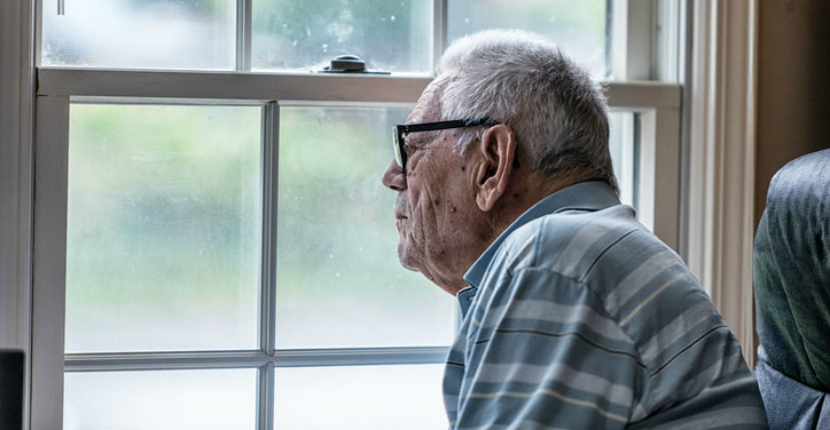Senior isolation is increasingly becoming one of the greatest social challenges faced by older Americans. And in 2014, 34 percent of people (or 11 million) aged 65 and older were living alone, according to the U.S. Census Bureau.
That number continues to increase, as more and more Americans reach their golden years. This is also the time that more seniors are coping on their own – and those statistics are rising as a growing number of older adults don’t have children to care for them.
Here are a few important facts that Freedom Home Care discovered about senior isolation and loneliness.
Isolation Can Affect Relationships, Health & Well-Being
Many people are unaware about just how contagious loneliness can be.
When a person feels lonely, they can sometimes exert an aura of unhappiness, pushing others away and causing them to feel unwelcome.
The University of California, San Francisco did an independent study revealing that 18 percent of seniors who participated lived by themselves, and of that, 43 percent felt lonely on a regular basis.
Experts say that isolation can actually can have physical effects on the body such as depression, heart disease and immunodeficiencies.
The UCSF study also showed that older loved ones who felt lonely experienced a 59 percent greater risk of mental and physical decline and a 45 percent increase in their risk for death.
And surprisingly, two thirds of those seniors who participated in the study were actually married or in a relationship.
Experts attribute this phenomenon to a lack of meaningful relationships. Sometimes when spouses or family members are present, there may not be the kind of deep connections a loved one craves.
Many believe the traditional family dynamic is under siege, as relationships between parents and children and between grandparents and grandchildren have eroded and become less connected. As a result, older Americans are feeling forgotten.
There are other risks associated with isolation that seniors are likely to face including high blood pressure, poor eating habits, lack of physical activity and elder abuse.
Combat The Risk of Isolation
Fortunately, there are things you can do to not only help reduce senior isolation and loneliness but help your family member live a longer, healthier life.
The first step is to identify it – enlist the help of friends, neighbors and even the mailman to check in with and keep an eye on your loved one if you suspect he or she might be lonely.
Contact their local senior community center – some organizations have social workers who can get them connected to resources and involved in activities.
Utilize technology to help them stay connected – there are countless apps, program and devices that are easy to use and designed for the sole purpose of providing seniors with a way to keep in touch with family.
Make home health care professionals your first line of defense –if your senior is receiving in-home care or outpatient services, these are the people that probably spend the most time with them. Ask the caregiver to talk to your loved one, monitor their state and keep you posted on how they’re doing.
One of the most important things you can do is carve out quality time for your loved one –when you can’t be there physical, a phone call, text or card are all great ways to remind to your senior that they are loved and still a very important part of your family.




